By William E. Welsh
On an early autumn day along Snake Creek in the Montana Territory Nez Perce children played with sticks and mud balls. Meanwhile, the women skinned buffaloes and the men hunted on the nearby prairie. Dark clouds threatened snow, and a cold wind snapped through their camp.
Shortly before 9 AM a Nez Perce scout rode onto the bluff south of the camp. He captured the attention of all who saw him. “He was running his horse to its best,” Yellow Wolf, a Nez Perce warrior, said afterwards. “On the highest bluff he circled about, and waved the blanket signal: ‘Enemies right on us! Soon the attack!’”
Heeding the warning, the Nez Perce warriors grabbed their weapons, swung onto the backs of their horses, and rode like the wind to take up defensive positions on the bluffs facing south toward the threat. “Soon, from the south came a noise,” said Yellow Wolf. “A rumble like stampeding buffaloes.”
U.S. Cavalry Rides Full Force Into An Ambush
That sound was the hooves of hundreds of horses belonging to the U.S. 7th Cavalry thundering at a gallop toward the camp. The Nez Perce camp contained about 700 people, of which approximately 200 were warriors. Advancing to the attack were 520 cavalry and mounted infantry of the U.S. Army under the command of Colonel Nelson Miles.
Miles’ Cheyenne scouts had reported the location of the Nez Perce camp to their commander at 8:20 AM when his force was about six miles from the camp. At that point, Miles ordered two columns to form the vanguard of the attack and advance at a trot. The Seventh Cavalry advanced on the right, and the Second Cavalry on the left. The 5th U.S. Infantry, which was mounted, followed as reserve. When the vanguard was within two miles, Miles shouted a new order, “Charge them!”
The cavalrymen thundered onto the bluff and stopped 20 yards from its northern edge. At that point, they beheld the Nez Perce camp on the east side of the creek. Suddenly, before any of the cavalrymen could react, a group of Nez Perce warriors rose up from beneath the crest of the bluff and fired a strong volley into the startled attackers. The Nez Perce volley knocked many cavalrymen from their saddles. The cavalrymen retreated and dismounted. It was September 30, 1877, and the Battle of Bear Paw had begun.
Nez Perce Conduct Fighting March to Montana
The U.S. government in 1855 entered into the Nez Perce Treaty by which the Nez Perce agreed to give up 5.5 million acres of their 13 million-acre homeland in the Pacific Northwest. But increasing pressure from miners and settlers on the treaty lands compelled the U.S. government to coerce many of the Nez Perce in 1863 to move to a drastically smaller reservation of fewer than 1 million acres. Some of the Nez Perce refused to do this, and in May 1877 they were given an ultimatum to do so peacefully or be compelled by force to comply.
The ordeal would become an odyssey for five bands of the Nez Perce totaling about 800 people who refused to move to the reservation and sought to retain their freedom. The chiefs of the so-called Non-Treaty Nez Perce led their people on a 1,170-mile trek east in a vain search for a peaceful home that today is commemorated at 38 sites in four states under the preservation umbrella of the Nez Perce National Historical Park.
Clashes between the Non-Treaty Nez Perce erupted in early June and led to famous battles with the U.S. cavalry at White Bird Canyon on June 17, The Clearwater on July 11-12, Big Hole on August 9-10, Camas Meadows on August 20, and Canyon Creek on September 13. Relentlessly pursued by multiple columns of U.S. cavalry, the Nez Perce turned north toward Canada in the final days of their flight.
Miles Besieges the Nez Perce Camp
Fighting at Bear Paw continued throughout the day on September 30 with both sides suffering substantial casualties. The Nez Perce, who could expect no replacements, lost 26 people on the first day. Miles decided that rather than storm the camp he would lay siege to it. In response the Nez Perce dug trenches with camas hooks and butcher knives. “[There were] soldiers all around the camp so that none could escape,” said Yellow Wolf. “It was snowing. The wind was cold.”
Nevertheless, some of the Nez Perce were indeed able to escape north to join the Sioux in Canada. Miles used every tactic to compel surrender. He ordered the Nez Perce camp shelled. As a result, Nez Perce women and children were killed.
After five days the Nez Perce surrendered. About 300 Nez Perce made the trek to Canada to join Sitting Bull’s camp near Fort Walsh. The approximately 400 Nez Perce who surrendered were sent to live in present-day Oklahoma where many died from homesickness and disease. “Everything so different from our old homes,” said Yellow Wolf. “No mountains, no springs, no clear running rivers….All the time, day and night, we suffered from the climate.”
Self-Guided Trail Affords Insight Into Battlefield Conditions
Bear Paw Battlefield, which is administered by the National Park Service, is situated 16 miles south of the town of Chinook in Blaine County, Montana. The battlefield is 135 miles northeast of Great Falls, Montana, and 226 miles north of Billings, Montana.
The Blaine County Museum in Chinook serves as the park’s visitor center. It offers a multimedia overview of the battle, and it also has exhibits on local history and paleontology. The battlefield only has portable toilets without water, so it is best to bring ample provisions. A picnic shelter is located near the trail head.
A self-guided trail with 11 interpretive stops runs counterclockwise through the Nez Perce camp and continues to the South Bluff where the battle began. Stops 7 through 9 are worth visiting because that is where heavy fighting occurred and the Nez Perce repulsed the initial attack. Stop 11 is where Chief Joseph turned over his rifle to the U.S. Army and uttered his immortal words: “From where the sun now stands, I will fight no more, forever.”
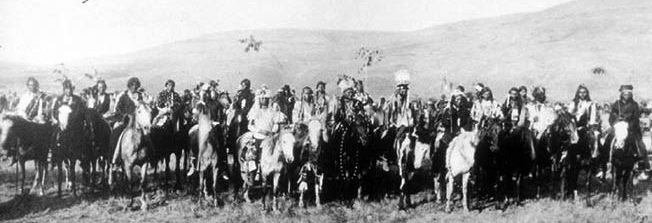

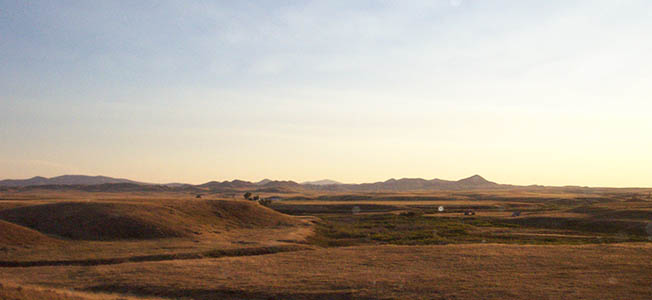
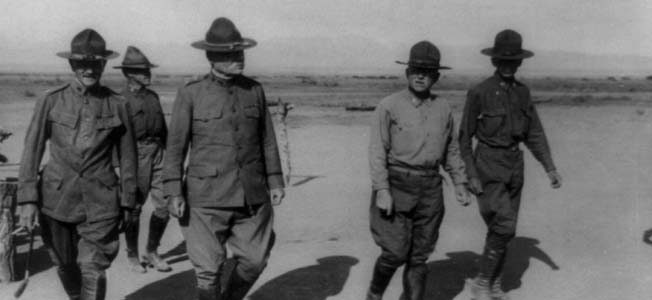
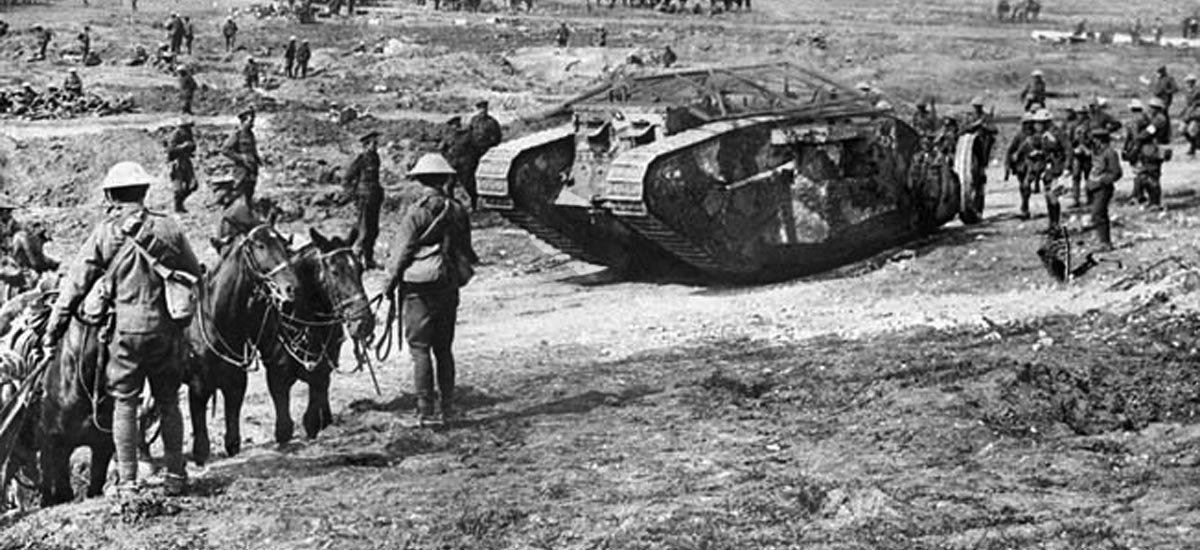
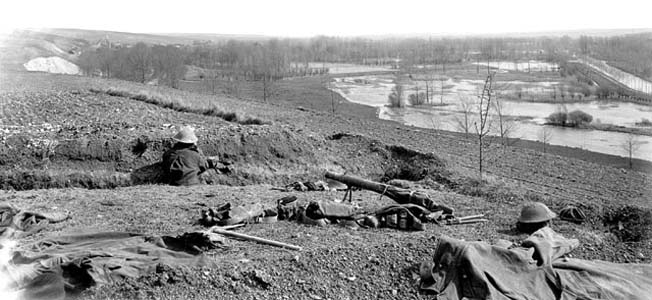
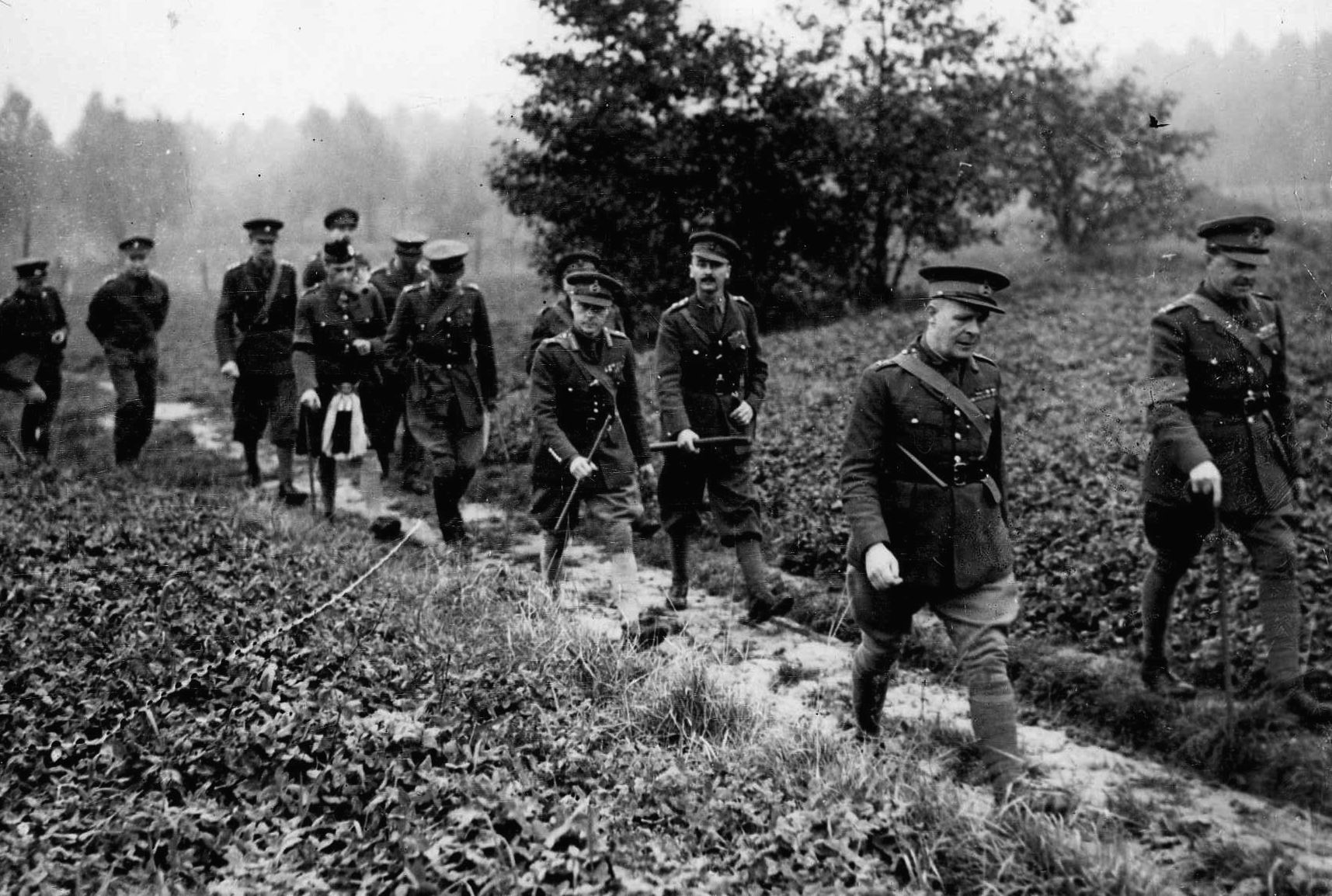
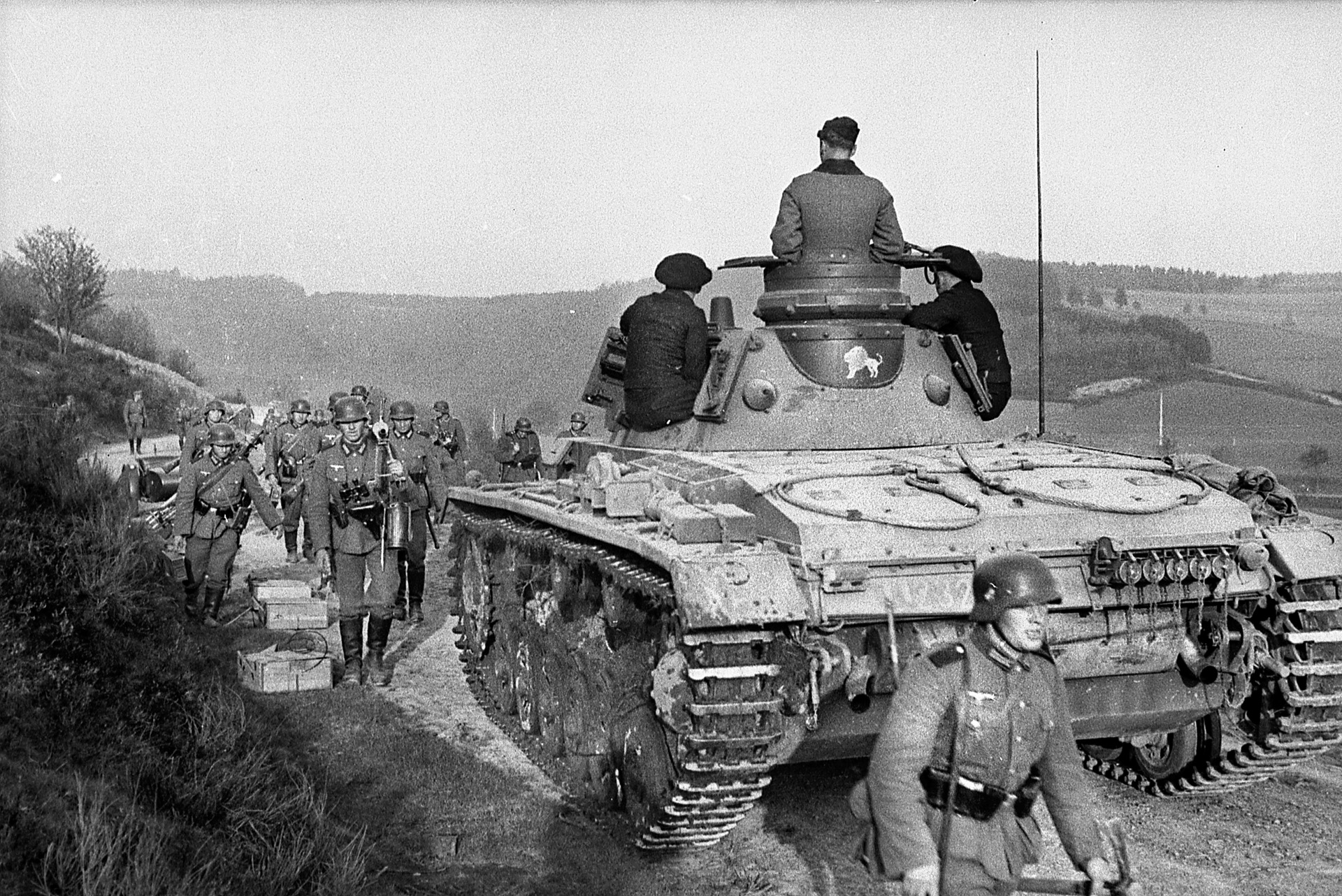
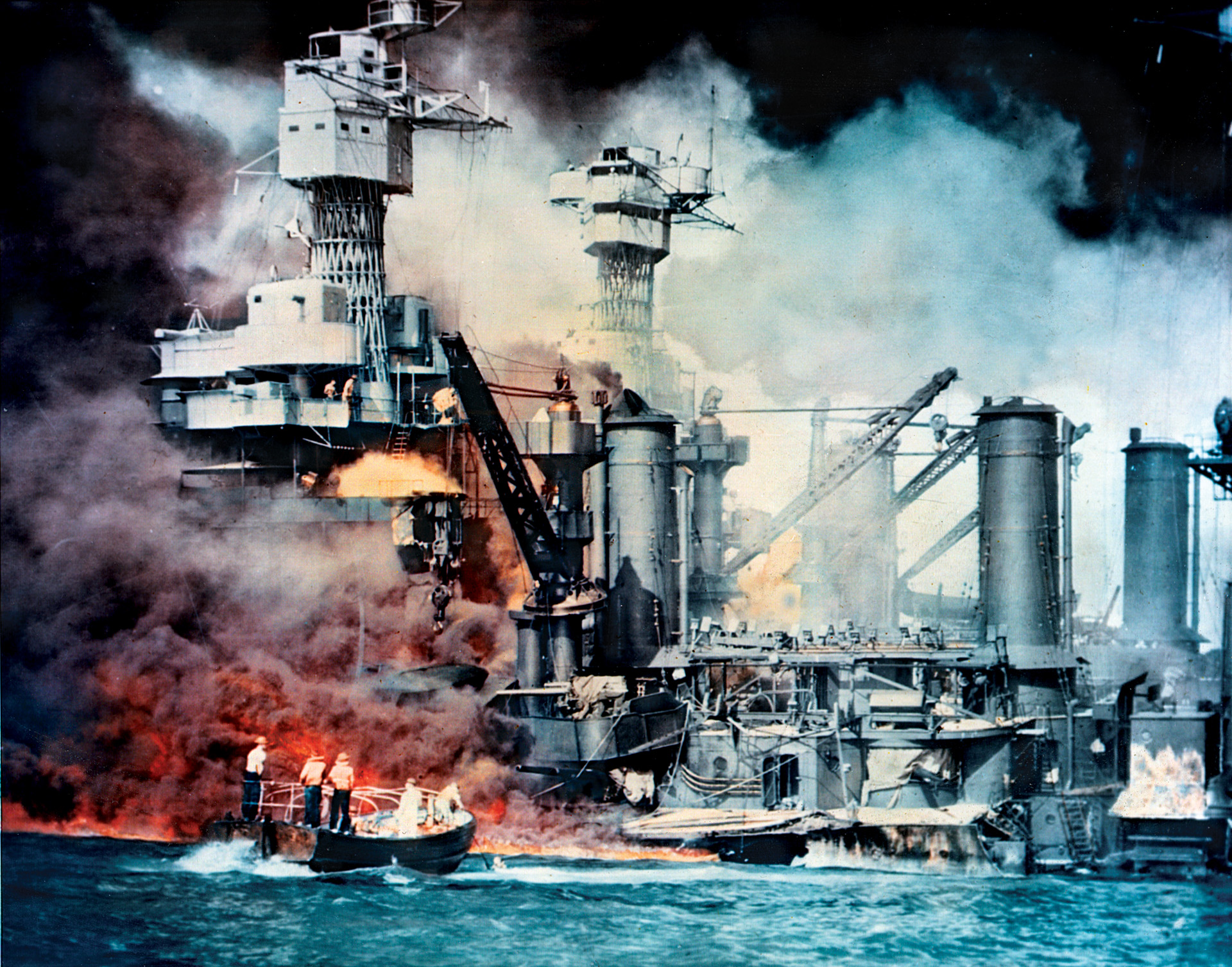
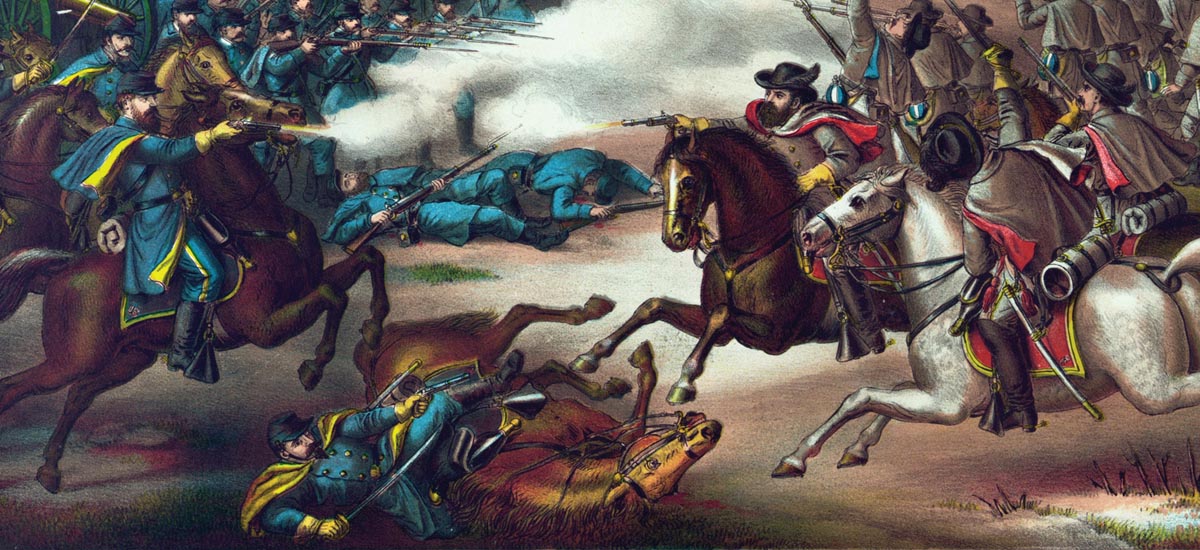
Join The Conversation
Comments
View All Comments